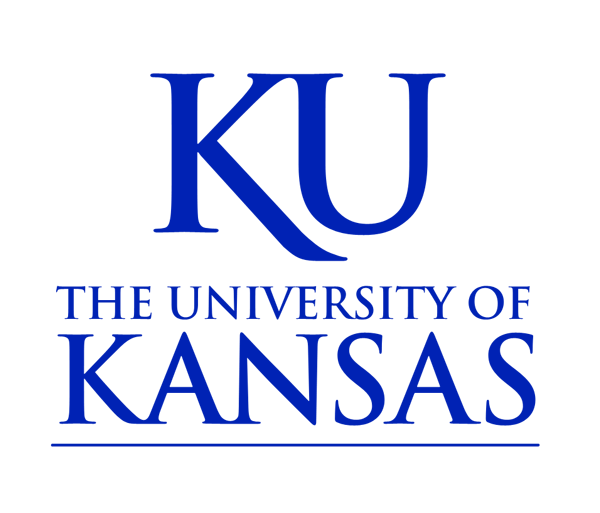From the Office of Public Affairs | http://www.news.ku.edu
Headlines
Contact: Mike Krings, KU News Service, 785-864-8860, mkrings@ku.edu, @MikeKrings
Article tracks history of state history education standards, how teachers can use them as lessons
LAWRENCE — History teachers strive to show students what the past can tell us about today. But what can state standards on history education teach students about the past, present and how to think critically? A new article from a University of Kansas scholar examines the history of state history education standards and provides a road map for teachers to use the standards themselves as lessons.
Stephen Jackson, assistant professor of educational leadership & policy studies at KU, volunteered to be a part of a state work group in 2021 to develop new history education standards in South Dakota. The document the group produced was eventually rejected by state leaders, and the controversy that ensued ultimately resulted in new standards favoring politicians over educators and historians. The event led to a related march on the South Dakota Capitol. Similar controversies have happened in other states, including Texas, Florida and Virginia.
While the culture wars and debates around education standards happen outside of the classroom, the results are felt within.
“Professional historians aren’t often deeply affected by these standards, but students are,” Jackson said. “I argue that standards are essentially a sanctioned version of history, and generally speaking, they tend to produce bad history, because they often fall victim to overt politicization in a way that can be detrimental to students.”
In his article, published in the American Historical Review, Jackson both outlines the history and evolution of state history standards and provides a guideline for teachers to use their own state’s history standards as an exercise in how history is taught, preserved and what it means for society today.
The 1970s saw an accountability movement in American education, Jackson writes. Policymakers, scholars and others argued that American schools were falling behind, largely because no one was held to account for what schools taught or what students were required to learn. The influential 1983 publication “A Nation at Risk” urged adoption of standards for various subjects. That resulted in the adoption of standardized testing in the 1980s and laid the groundwork for the No Child Left Behind Act.
While there are no national standards on history education, it is not for lack of trying. In the 1990s, Lynne Cheney was leading the National Endowment for the Humanities and greenlit funding to develop such standards. A team of history scholars developed standards that were criticized for placing too much emphasis on the history of marginalized world populations, derided as a liberal rewriting of history, Jackson writes, and ultimately condemned by a 99-1 vote of the U.S. Senate.
But history standards do exist on the state level, with each having its own requirement of what students must learn. Regardless of what they require, emphasize or omit, Jackson said they can be a way for teachers to guide students in analyzing historical documents, thinking critically about what they say and who was invited to the table to develop them. Part of the American Historical Review’s Syllabus Project, the article contains an example lecture teachers can use to teach their classes about what history standards are, where they can be found, and lessons and questions designed around the documents.
Educational standards tend to work well for mathematics and sciences but do not as easily fit subjects like social studies and history, according to Jackson. And while “teaching to the test” is a common criticism in educational circles, the lesson plan considers those hurdles.
“Standards tend to flatten knowledge into ‘here is what you must know,’” Jackson said. “But history doesn’t work that way. We have questions and need to think about the bigger forces that shape history. We haven’t settled on one definition of ‘this is what the past is and what it means.’ This lesson guides teachers to teach to the standards, by discussing with students what they are learning about and the topics they are covering.”
The plan also provides sample questions teachers can ask students and writing exercises that guide students to ask who developed the guidelines, why, who was not part of the development that should have been and to choose a standard they feel is problematic or lacking. The plan also encourages students to consider a decision historians make regularly: What gets left out. Above all, teachers should encourage students to explain why they make their arguments.
In the section on the history of educational standards, Jackson outlines how history education has taken a back seat in recent decades. And while political forces have shaped the standards that have de-emphasized the subject, the standards themselves can be a poignant way to help students consider the forces that shape history. Standards may be politicized, but teaching about them can be valuable without being political or subversive.
“Let’s think critically about what it is we’re doing and why we’re doing it,” Jackson said. “And hopefully students can think about it critically and come up with their own thoughts on what they would like to learn about.”
-30-
————————————————————————
KU News Service
1450 Jayhawk Blvd.
Lawrence KS 66045
Phone: 785-864-3256
Fax: 785-864-3339
kunews@ku.edu
http://www.news.ku.edu
Erinn Barcomb-Peterson, director of news and media relations, ebp@ku.edu
Today’s News is a free service from the Office of Public Affairs





